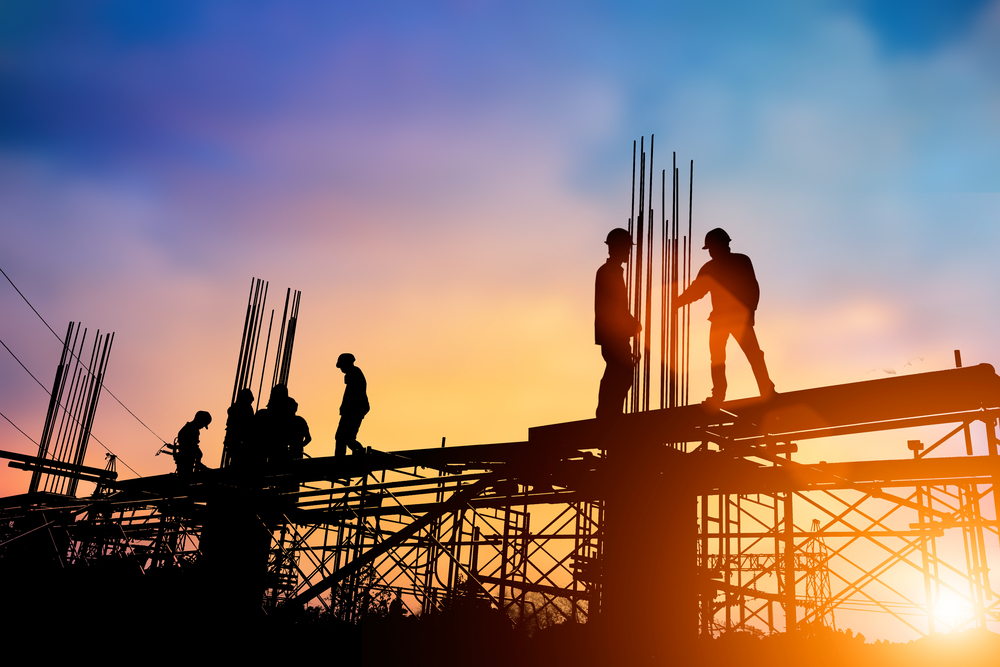Construction is a dynamic industry that encompasses a wide range of project types. Two key sectors within the construction industry are industrial and commercial construction, each with distinct characteristics, purposes, and considerations. This article breaks down the various factors that set them apart.
TL;DR: What’s the Difference Between Industrial and Commercial Construction?
Industrial and commercial construction are two distinct sectors within the construction industry, each serving specific purposes and industries. Industrial construction caters to the needs of heavy manufacturing and production, while commercial construction focuses on creating spaces for businesses and customers. Understanding the differences between these two sectors is crucial for successful project management, as it helps ensure that the unique requirements and challenges of each are addressed effectively.
Defining Industrial Construction
Industrial construction refers to the planning, design, and construction of facilities and infrastructure tailored to meet the specific needs of industrial processes, manufacturing, or heavy production activities. These facilities are generally large and complex, often requiring specialized construction techniques and expertise.
Industries & Applications
Industrial construction is associated with industries like:
- Manufacturing
- Petrochemicals
- Mining
- Energy
- Warehousing
Facilities constructed in this sector include:
- Factories
- Power plants
- Refineries
- Chemical processing plants
- Distribution centers
The primary goal is to create structures that can efficiently house heavy machinery and production lines.
Distinguishing Factors
Besides the obvious intent of the building, other distinguishing factors are at play when it comes to industrial vs. commercial construction projects.
Structure Types & Designs
Industrial facilities typically have large, open floor plans to accommodate heavy machinery and production equipment. These buildings often feature high ceilings to allow for overhead cranes and ventilation systems.
Specialized designs are employed to meet the specific needs of the industrial processes within, such as reinforced flooring, chemical-resistant materials, and controlled environmental conditions.
Location & Environment
Industrial construction projects are often situated in remote or industrial areas due to the need for space, utilities, and logistics. Environmental considerations, such as zoning, waste management, and pollution control, are critical in industrial construction due to potential environmental impact.
Permits
Industrial construction projects typically require a complex array of permits, including environmental permits, safety permits, and often federal, state, or local regulatory clearances due to potential hazards.
Mechanical, Electrical & Plumbing (MEP)
The MEP systems in industrial buildings are highly specialized, involving complex electrical systems, heavy-duty HVAC systems, and extensive plumbing networks to support industrial processes.
Safety Risks
Safety is a paramount concern in industrial construction due to the presence of heavy machinery, high voltages, chemicals, and potentially hazardous materials. Strict safety protocols are followed to mitigate risks.
Defining Commercial Construction
Commercial construction, on the other hand, encompasses the development of facilities designed for business and commercial activities. These projects are typically more diverse in nature and focus on creating spaces for retail, offices, hospitality, and entertainment.
Industries & Applications
Commercial construction serves a wide range of industries, including:
- Retail
- Hospitality
- Healthcare
- Education
- Office spaces
- Entertainment
Examples of facilities include:
- Shopping malls
- Office buildings
- Hotels
- Restaurants
- Theatres
Distinguishing Factors
See how the distinguishing factors vary from industrial construction projects.
Structure Types and Designs
Commercial buildings often have more aesthetically pleasing designs to attract customers and clients. These structures can vary widely in size and layout, depending on their intended purpose, from small boutiques to large shopping centers.
Location & Environment
Commercial construction is usually found in urban or suburban areas, where accessibility and visibility are key. Location is critical in attracting customers, so factors like proximity to highways and public transportation are important considerations.
Permits
While commercial construction also requires permits, the process is generally less complex than in industrial construction, primarily focusing on zoning and safety compliance.
Mechanical, Electrical & Plumbing (MEP)
Commercial buildings feature standard MEP systems tailored to the specific needs of the industry, such as efficient lighting, heating and cooling, and plumbing for restrooms and kitchens.
Safety Risks
Safety risks in commercial construction are generally lower compared to industrial construction but still require safety protocols to protect workers and the public.
Contact PALA for Your Industrial Construction Needs
PALA is an industrial construction company with a strong commitment to quality and safety. Serving the Southeast United States and Gulf Coast, we’ve built a strong reputation for completing complex industrial projects for a wide range of companies.
For a project well done, get in touch with our team.

